What Is Chain Fusion Technology and How Does It Transform Blockchain Tech?
This article explores how Chain Fusion works through decentralized signing and verification, the capabilities it unlocks, integrations so far, and the future of universal multichain interactions. We also examine Bitfinity's EVM sidechain that brings advanced smart contracts to Bitcoin.
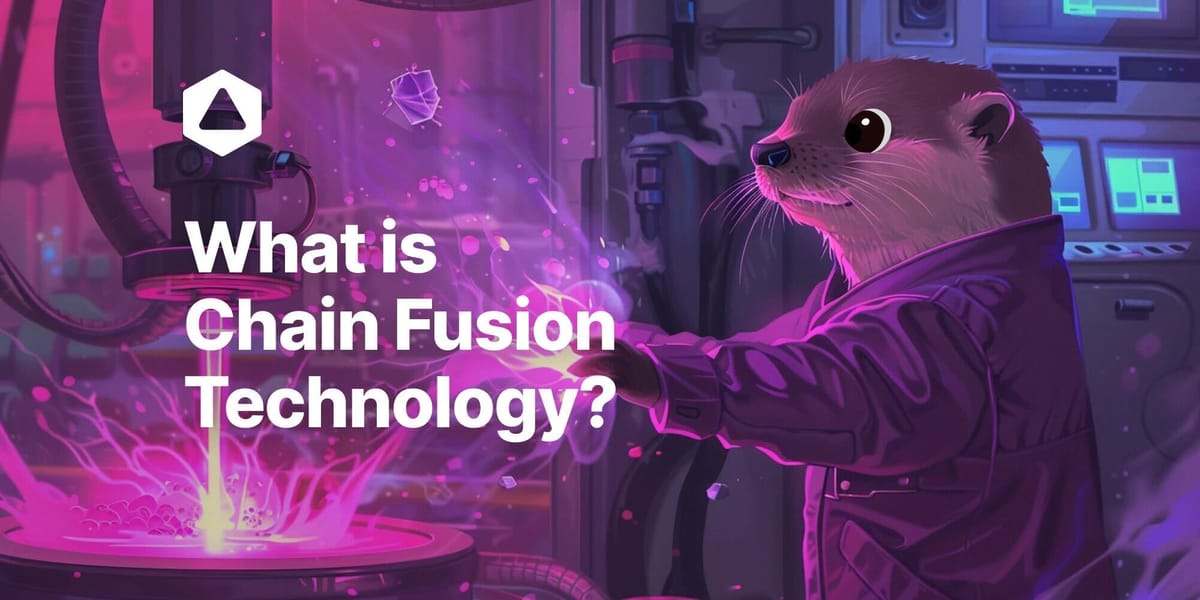
To be relevant in the world of technology most blockchains operate in isolation. However, this isolation limits their interactions with other networks. This brings the necessity for a multi-ecosystem approach...
Join us in this article as we bring you the latest development in the world of blockchain technology developed to address this —Chain Fusion, powered by the Internet Computer Protocol (ICP).
We will look at how it works, the doors it opens for creating a multichain future, its current applications, and the future it holds for the entire Web3 ecosystem.
What is Chain Fusion?
As explained by Samuel Burri, the VP of Engineering DFINITY Foundation;
“Chain Fusion refers to the capability of smart contracts on the Internet Computer(ICP) to sign transactions and interact seamlessly with other blockchain networks, without depending on any single point of trust.”
This allows other blockchains to enjoy ICP’s unique features, like scalability and low-cost transactions. However, the benefits are twofold: chain fusion introduces new functionalities to other chains and at the same time attracts more developers and assets to the ICP ecosystem. Stay with us as we dive into all these possibilities….
Technological Innovation with Chain Fusion
To attain interactions, Chain Fusion is built on two primary technological foundations:
- Secure Communication: This includes verifying blockchain consensus mechanisms like Bitcoin's proof of work on ICP or using decentralized HTTP outcalls to interact with blockchain networks such as Ethereum.
- Decentralized Signing: Utilizing threshold ECDSA (Elliptic Curve Digital Signature Algorithm), Chain Fusion enables canisters (smart contracts on ICP) to sign and submit transactions to other chains without centralized control.
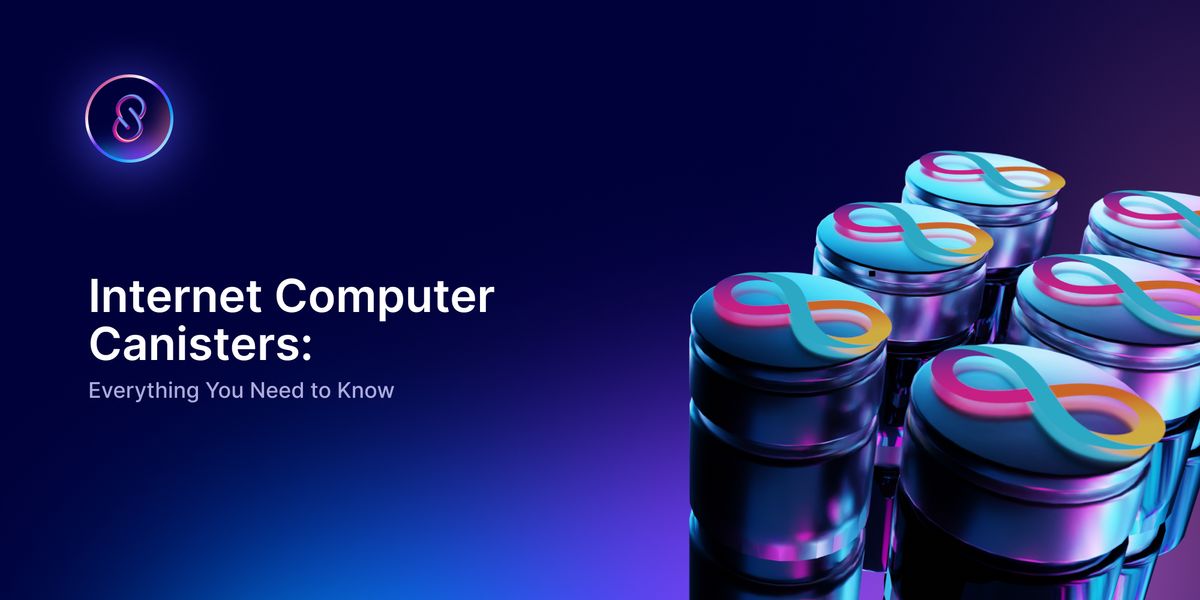
From what might sound like just two phrases discussed above, Chain Fusion unlocks "ICP superpowers'' to other blockchains.
For instance, smart contracts on ICP avail up to 400GiB of storage to non-ICP decentralized applications, enabling them to store data on-chain. Additionally, they improve performance by allowing support of a wide range of web services from social networks to full-fledged AI models( which we will discuss later in this article).
Autonomy is also enhanced on other chains through timers or randomness on the ICP smart contracts allowing them to operate without the need for user inputs to control their service.
All these aren’t future promises. It is already happening in networks such as Bitcoin...
Chain Fusion’s Integration With The Bitcoin Network
In the summer of 2022, Chain Fusion presented an additional layer of security and scalability for Bitcoin transactions and from Bitcoin integration on ICP. Through this, nodes on ICP can now provide canister smart contracts with real-time access to the latest state of the Bitcoin blockchain. This allows them to run queries against the full Bitcoin UTXO set, and the balance of any Bitcoin address, including their addresses.
Additionally, ICP nodes produced threshold-ECDSA signatures, allowing canister smart contracts to create, receive, hold, and sign BTC transactions directly on the Bitcoin blockchain-eliminating the need for any cross-chain bridge.

Although all these milestones were achieved, the team at ICP realized that Bitcoin was still low finality and very expensive transactions. To address this, Chain Key Bitcoin (ckBTC), a representation of Bitcoin on the ICP network was developed the following year. This allows Bitcoin holders to leverage the unique Chain Key technology to convert their BTC into ckBTC in a more decentralized, cheap, and secure way.
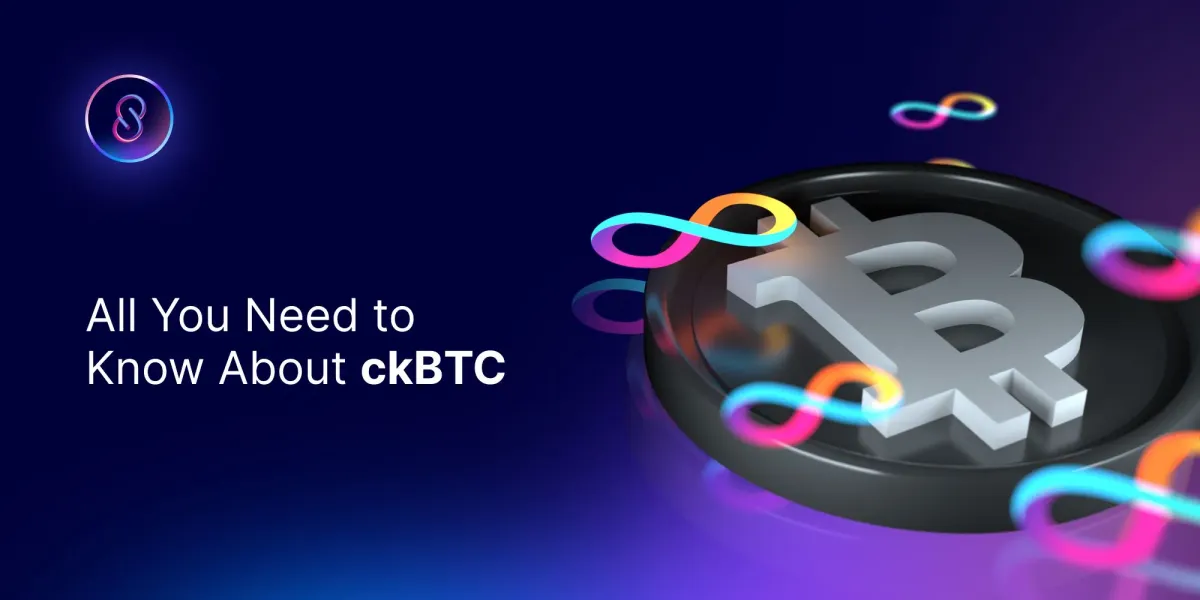
Bitcoin integration hasn't been the only beneficiary of Chain Fusion. Ethereum also welcomed these capabilities with the recently released EVM RPC Canister and the introduction of Chain Key Ethereum(ckETH), a twin of the ETH token on ICP.
The EVM RPC canister Beta is live ⌛
— DFINITY (@dfinity) February 9, 2024
This service helps easily build integrations between ICP & Ethereum smart contracts 🖇️
It keeps dapps secure by automatically inferring consensus among multiple RPC providers with each outbound request 🔒
Try it 📑 https://t.co/J07bRlx0Hp pic.twitter.com/WIEyTmAKAo
A recent development under the Tritium Milestone also saw the initiative launch ckUSD, a twin of the popular USDC stablecoin on the ICP platform. All to enhance wallet applications securely and more cost-effectively.
Kicked off #ICP's 3rd anniversary with a bang 🎉
— DFINITY (@dfinity) May 23, 2024
Tritium Milestone, powered by Chain Fusion, is now LIVE
✅ ckERC20 tokens & ckUSDC
✅ RPC canister for Ethereum & EVM integration
✅ Threshold ECDSA signing latency & throughput improvements
Explore: https://t.co/oZrPKo7CLF pic.twitter.com/EtNw4CQU71
Looking into the future of integration, there is an anticipated Solana integration. Although specific dates haven’t been set the team at DFINITY is actively working on incorporating different signature schemes like Schnorr and EcDSA, which are necessary for this process.
Chain Fusion + AI = Decentralized AI
The vision of ICP is to host the world’s software, and of late this software seems to be moving towards AI. This means that for ICP to attain its vision it has to keep up with these changes and a better way to achieve this is through AI decentralization.
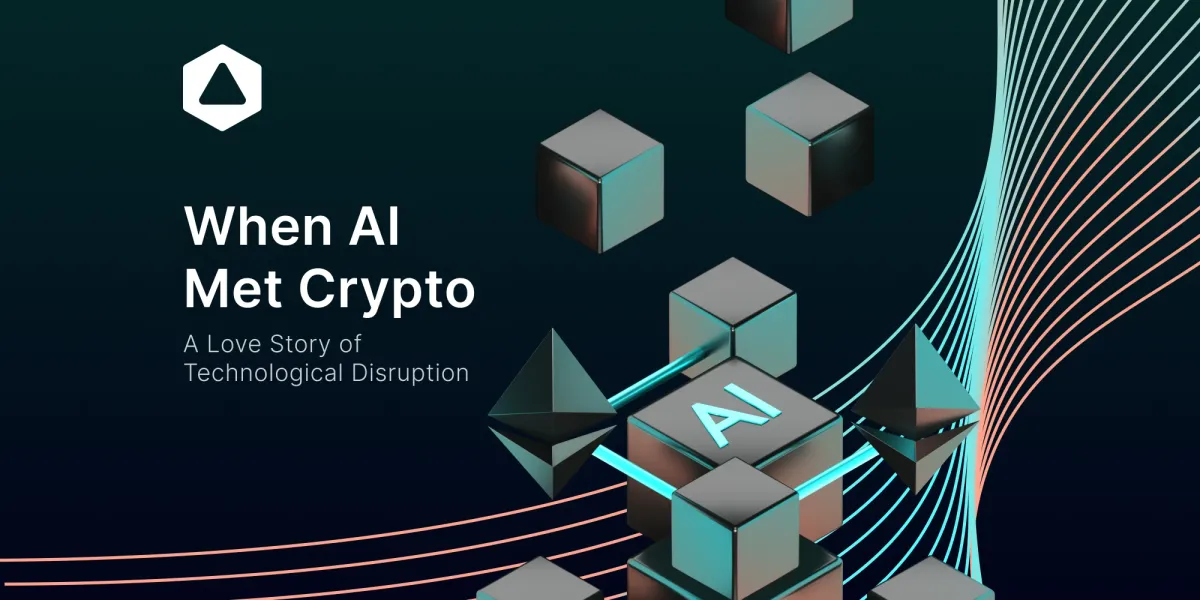
AI decentralization on ICP means bringing AI on-chain for training ensuring transparency and security that traditional platforms cannot match. From this AI can fully run on blockchain as a smart contract as explained by Dominic Williams, the founder of the DFINITY Foundation. ⬇️
To mark this roadmap to AI decentralization, Cyclotron, a model aimed at enabling on-chain interference of AI models with millions of parameters was completed and launched on 15th July 2024.
This model boosted the computing power of ICP by an order of magnitude (~10x), making it the only blockchain that has working examples of smart contracts performing face recognition fully on-chain.
With AI running as smart contracts on the ICP blockchain, Chain Fusion unlocks these capabilities to other blockchains through integrations.
Achieving Universal Multi-Chain Interactions
In this article, we looked at the role of threshold ECDSA, which is necessary for creating a universal multi-chain bridge. This bridge is crucial for attaining Chain Fusion's mission - 'secure cross-chain interactions' - which are more than a necessity in the whole blockchain space. Creating such uniformity across chains is key.
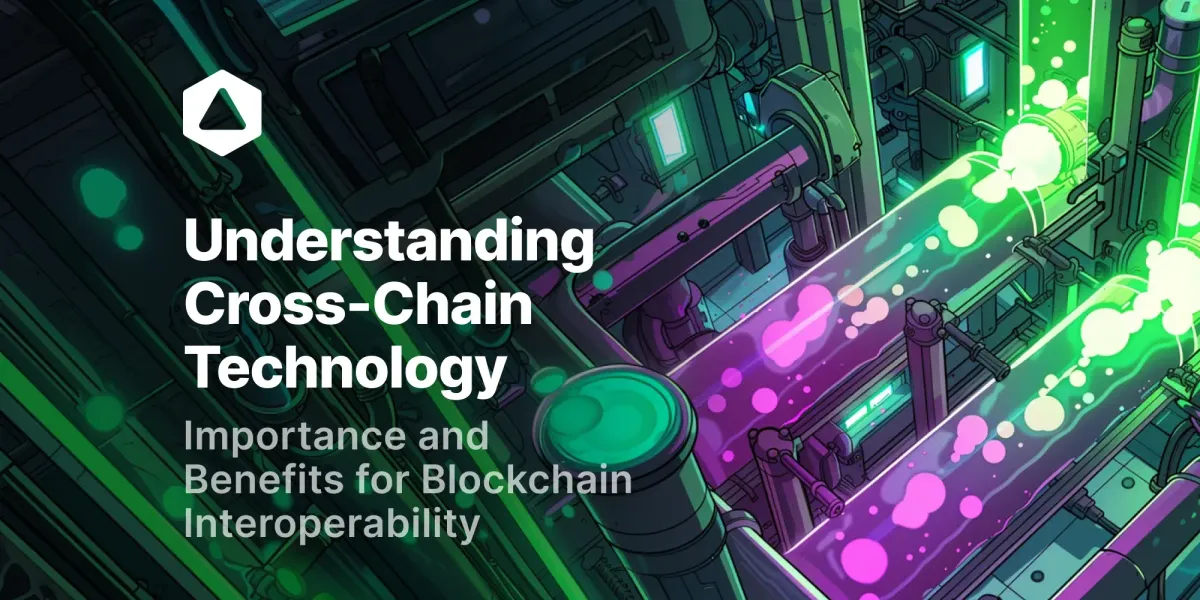
It all goes down when a user initiates a transaction on the source blockchain, which is then signed using threshold ECDSA. The signed transaction is then sent to the destination blockchain, where it is verified by a smart contract specifically designed to recognize threshold ECDSA signatures.
Once verified, the transaction is processed on the destination blockchain, allowing for secure asset transfer between chains.
Currently, applications like ckBTC, ckETH, and ckUSD utilize the method to create their native tokens backed by the security of the ICP network, showcasing ICP’s Chain Fusion technology applicability.
Real-World Applications and Projects Leveraging Chain Fusion
Chain Fusion application isn’t a future thing, it is already being used. Several innovative projects are already utilizing its seamless capabilities. Notable ones include:
- Helix Markets: A decentralized exchange that benefits from ICP's decentralized web hosting capabilities to allow users access to zero-gas fees.
- Omnity: Omnity is an omnichain interoperability protocol offering cross-chain infrastructure for modular blockchains. It enables the transfer of Runes tokens and its roadmap lays cross-chain plans ahead for various L2s.
- Orally: An on-chain oracle that utilizes Chain Fusion’s critical aspects of HTTP calls and threshold ECDSA. This oracle uses HTTP calls to enable canisters to make direct calls to external HTTP(S) servers and use the response to further process the canister attaining a low-fee and trusted model. On the other hand, it uses the threshold ECDSA feature for signing transactions to send to destination chains.
- MyOrdinals.Loan: This is a peer-to-peer Bitcoin lending platform using ckBTC. Users borrow or lend ckBTC, securing transactions with unique Ordinal Inscriptions as collateral.
- OpenChat: This is a decentralized real-time messaging service allowing users to send crypto tokens as chat messages to others. This is achieved by utilizing Chain Fusion technology while running on ICP. The tokens sent include CHAT(the native platform’s coin, also used as a reward to users), ICP, and ckBTC (created through Chain Fusion capabilities).
How Does Bitfinity Leverages Chain Fusion Technology?
Bitfinity, which is essentially a sidechain solution for Bitcoin that leverages the Chain Fusion technology to integrate Bitcoin with an Ethereum Virtual Machine (EVM) - the Bitfinity EVM - aims to unlock a huge untapped potential on both sides.
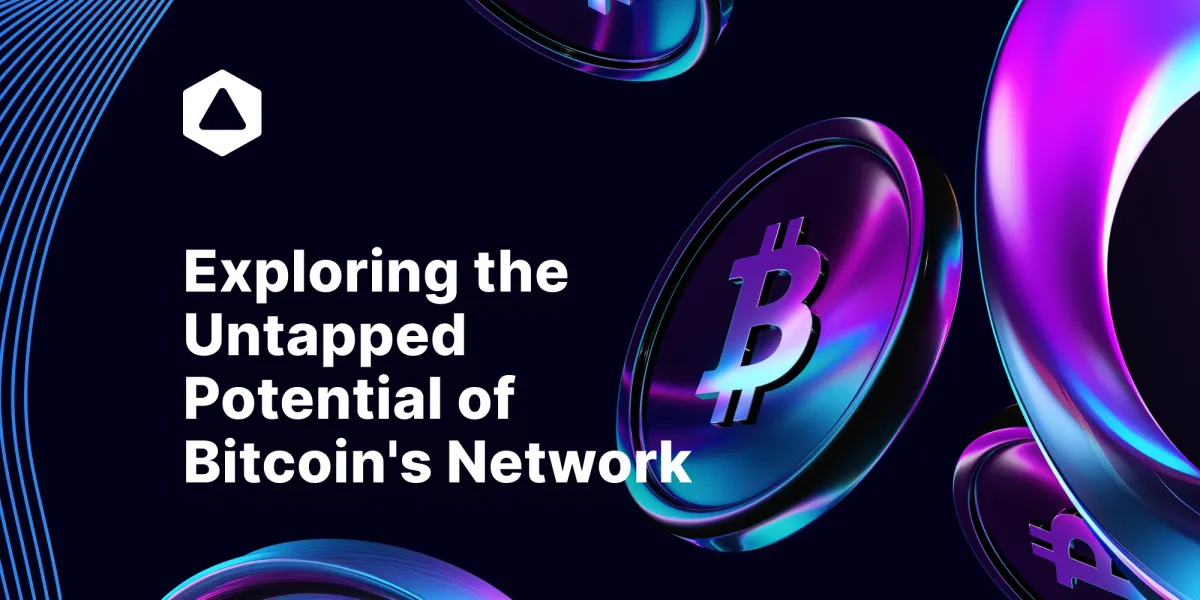
On one side, there is a lot to be won on the Bitcoin network, where complex smart contracts and decentralized applications weren't possible to launch because the oldest infrastructure doesn't make it plausible to even start considering launching, when high fees and low transaction speeds come to mind. But this could change easily with the helping hand of the Bitfinity EVM.
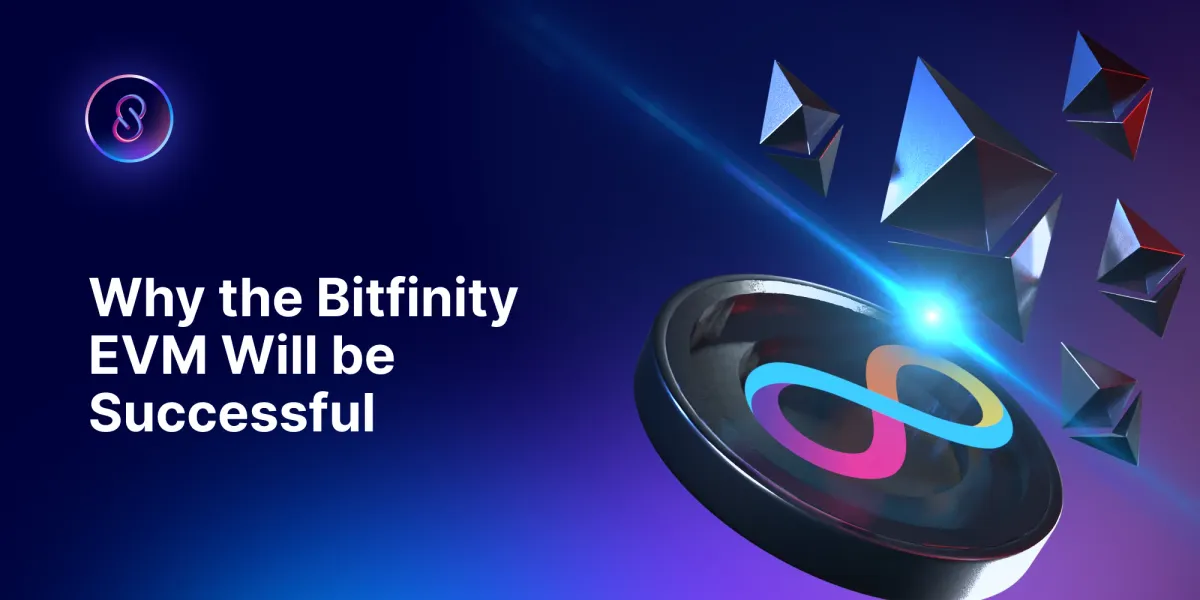
By bridging Bitcoin and the Ethereum Virtual Machine, Bitfinity explores the potential for true interoperability between the most secure blockchain and the most widely used coding language (Solidity) and battle-tested environment for DApp development.
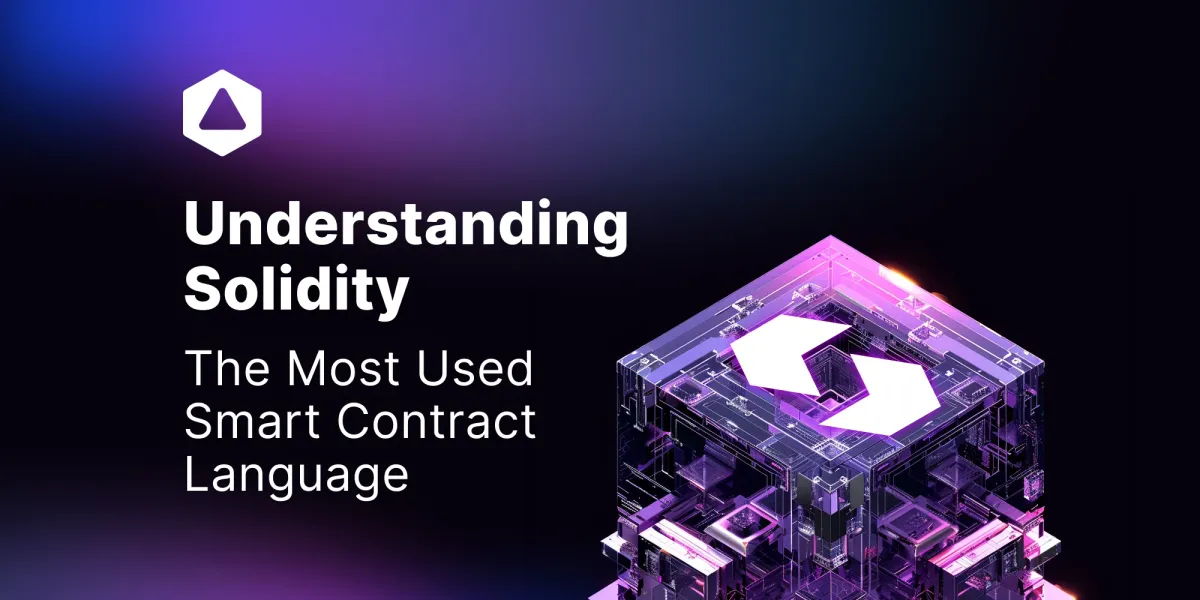
An integration that will allow developers to deploy Ethereum applications on networks secured by Bitcoin's proof-of-work, combining the advanced smart contract capabilities of Ethereum with Bitcoin's superior security and censorship resistance.
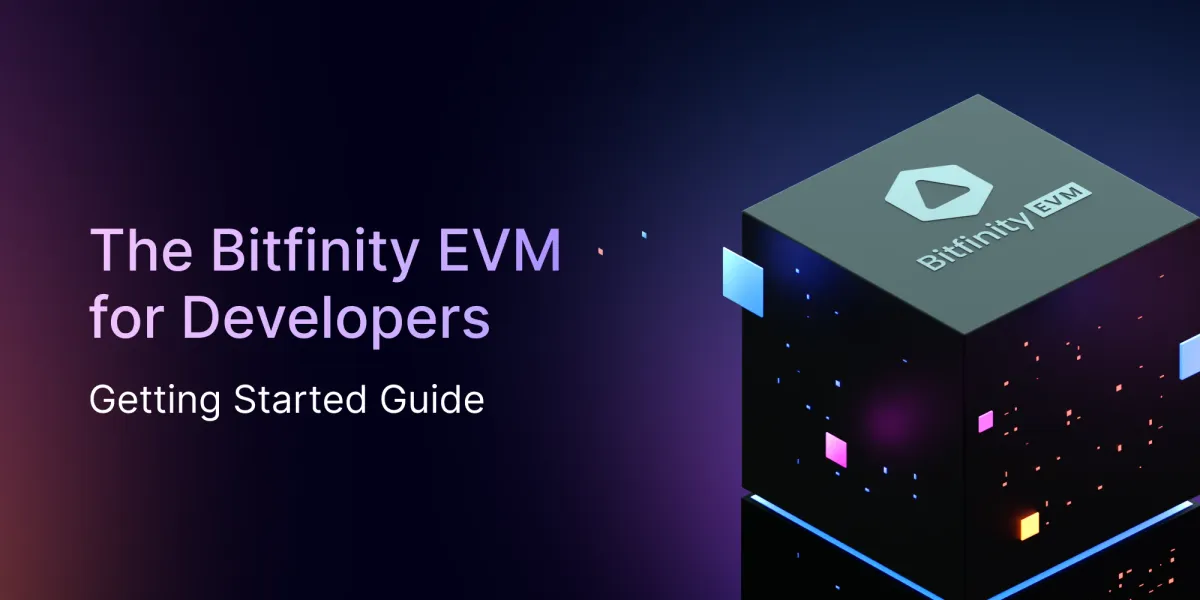
Also, recently there has been an increased interest and experimentation with Bitcoin, indicating a broader recognition of its potential and capabilities.
You might wonder if Ethereum applications make their way via Bitfinity EVM to Bitcoin, a giant Bitcoin-based credit market could potentially trigger a flood of capital inflows and establish Bitfinity among the great 'facilitatooors' of building the next generation blockchain architecture.
The Necessity and Future of Chain Fusion
Just as the internet evolved to connect different networks, blockchain technologies also have needed a savior to connect them, and Chain Fusion for sure has proved to be here for that. This role leaves its necessity beyond question…
It is through this technology that direct blockchain interactions are achieved without the need for intermediaries. This does not only enhance security but also improves transaction efficiency as we saw earlier. Additionally, this technology has become a key tool for developers seeking to create more complex applications that leverage multiple blockchain networks.
For example, smart contracts on ICP can now execute transactions based on events occurring in Ethereum or Bitcoin networks, paving the way for decentralized financial operations that were not possible before.
Looking ahead, Chain Fusion will continue to evolve, bringing better and seamless integrations across different blockchain environments. This means enhancements in transaction speed, security, and user interfaces.
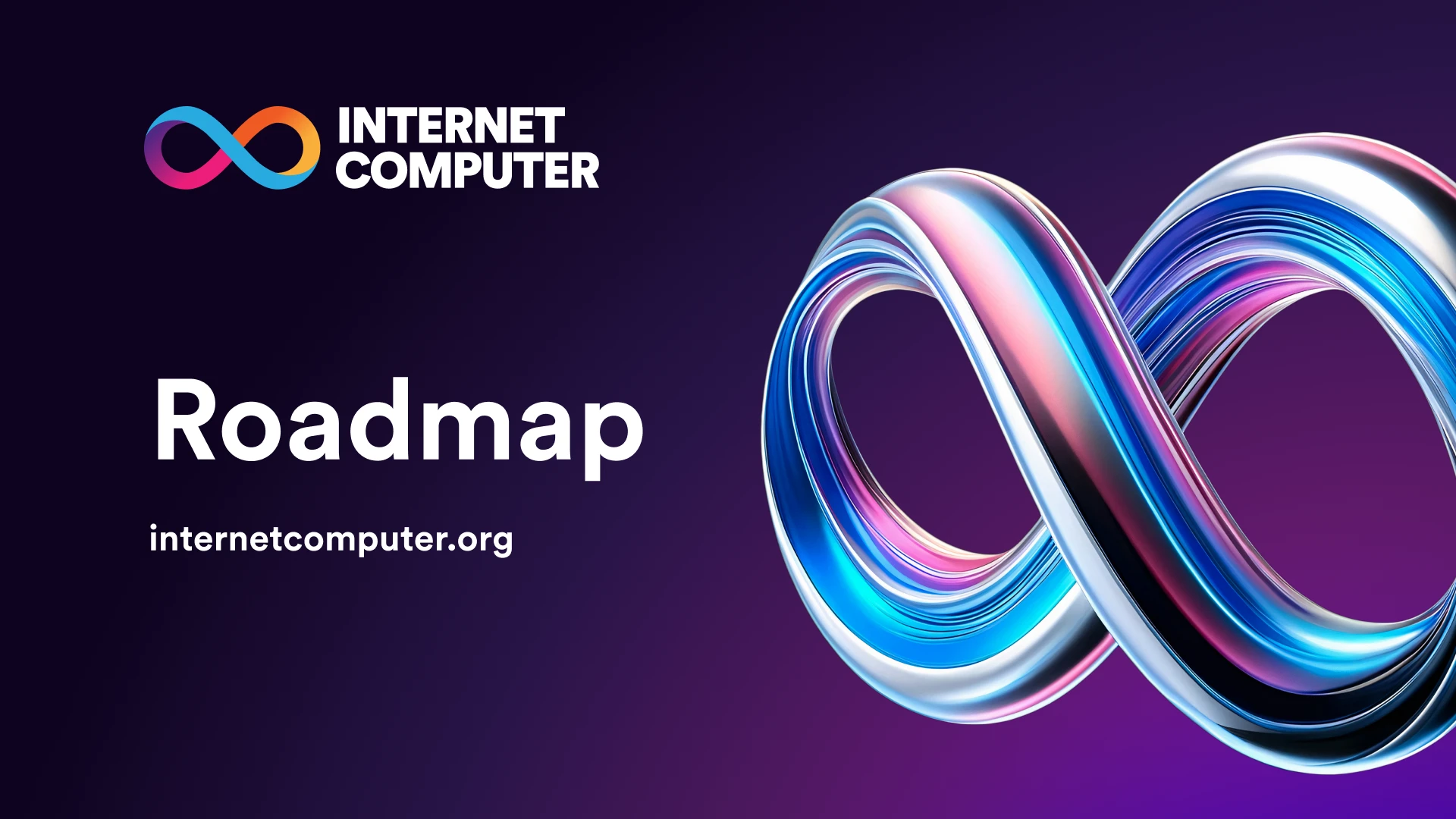
Closing Thoughts
Chain Fusion has proved to be more than a technological innovation; it has emerged as a powerful solution to the long-standing interoperability challenge between isolated blockchains. As this technology matures and finds wider adoption, it has the potential to revolutionize decentralized finance(DeFi), data management, and numerous other applications, bringing us closer to a truly interconnected blockchain future we only dream of.

Connect with Bitfinity Network
Bitfinity Wallet | Bitfinity Network | Twitter | Telegram | Discord | Github

*Important Disclaimer: The information on this website is provided for general informational purposes only and should not be considered financial advice. While we strive for accuracy, Bitfinity does not endorse and is not responsible for any errors or omissions or for results obtained from the use of this information. Views expressed herein may not reflect those of Bitfinity. External links are provided for convenience and verification of information is recommended before taking any actions based on content found here.




Comments ()